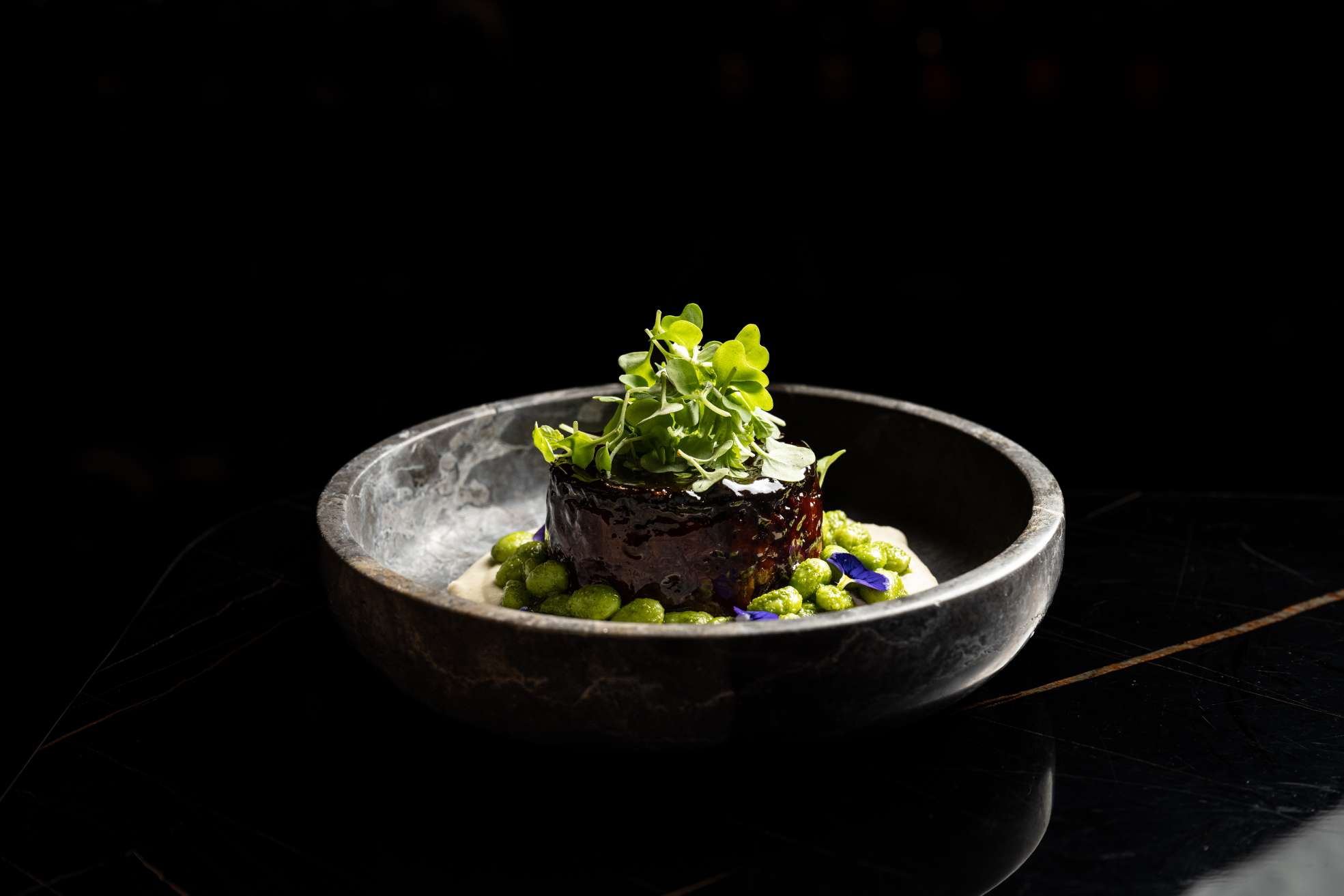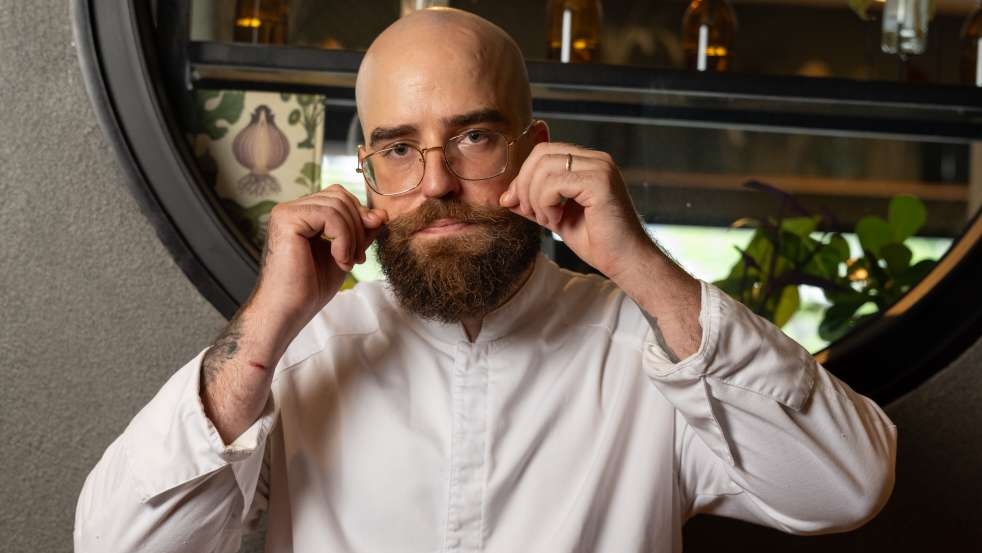Panamanian tourism draws on people from all over the world to create unique and unforgettable experiences. Gastronomy has also been doing this with great success, as Panama is a blend of local and foreign ingredients. For this reason, Chef Xabi Vallejo is our Guest for the Flavors segment in this edition. A culinary nomad, with over 12 years of experience working in Michelin-starred restaurants, has led innovative projects in world-renowned restaurants such as Mugaritz and Gaggan until arriving in Panama, where in 2024 opened his most cherished dream, Espeziak restaurant. Born in Madrid and trained at the Luis Irizar Cooking School in San Sebastian, Spain, this talented chef opens the doors of his talent and shares with The Visitor – El Visitante his passion for telling stories through flavors and how this merges with tourism.
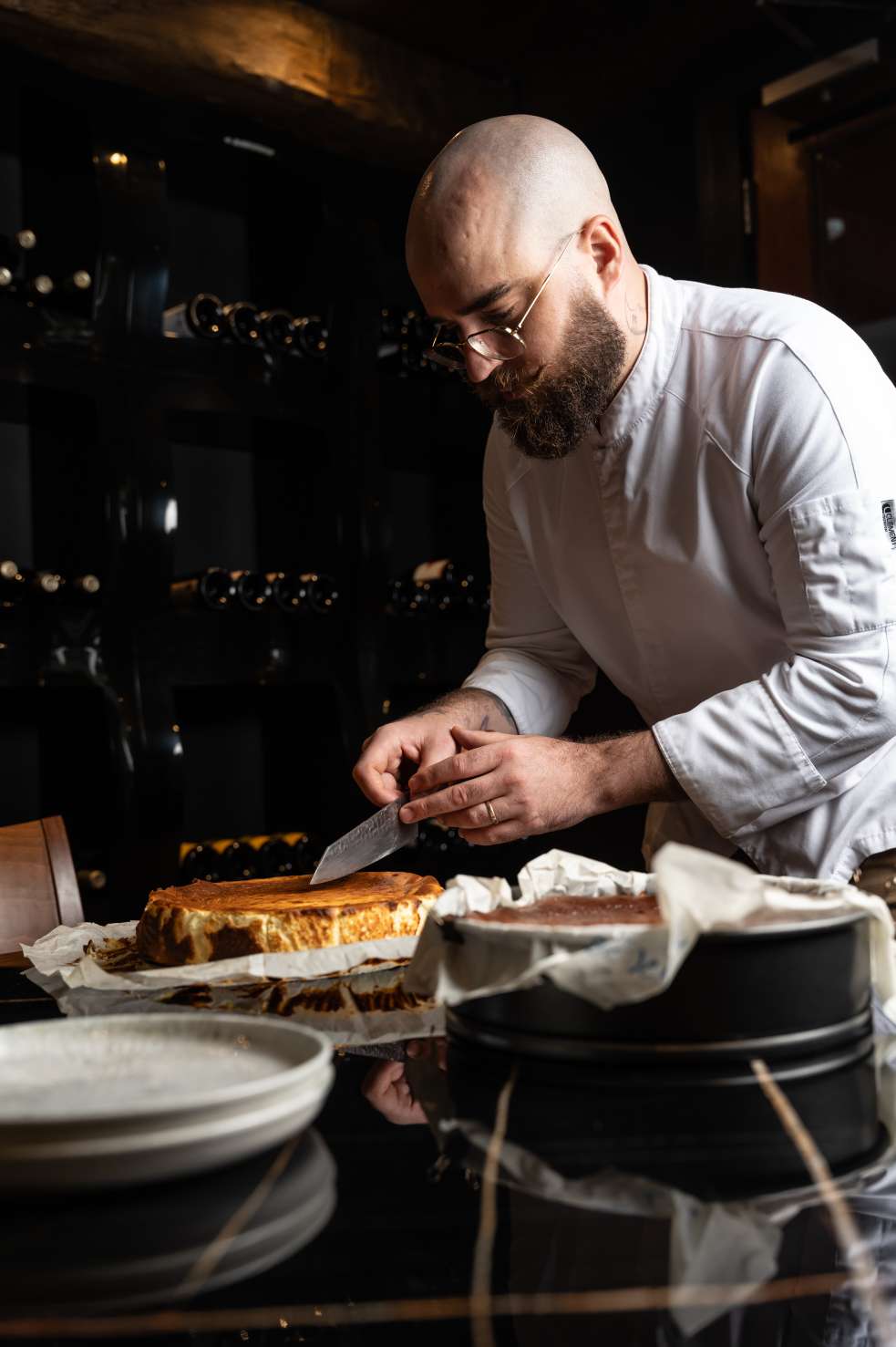
You’ve worked in highly renowned Michelin-starred restaurants internationally. What can we learn from the way these places work to apply it in our Panamanian cuisine?
“My time in Michelin-starred restaurants taught me that everything starts with a deep respect for the product and the craft. Each ingredient has a unique value, and cooking becomes a means of telling stories through those products. In these kitchens, you don’t just cook: you interpret, you communicate, you create art.
I think that in Panama, the craft must continue to evolve in this direction. New generations must be trained under a philosophy of absolute respect for the product and the detail. Excellence is not only in the dishes, but also in the gestures, the reception protocol, the atmosphere, the precision of the service, and the coherence of the proposal.
Creating a Michelin-starred environment isn’t about replicating a model; it’s about cultivating a mentality of daily excellence in every area of the restaurant. Panama has the talent, the natural resources, and the energy to achieve this.”
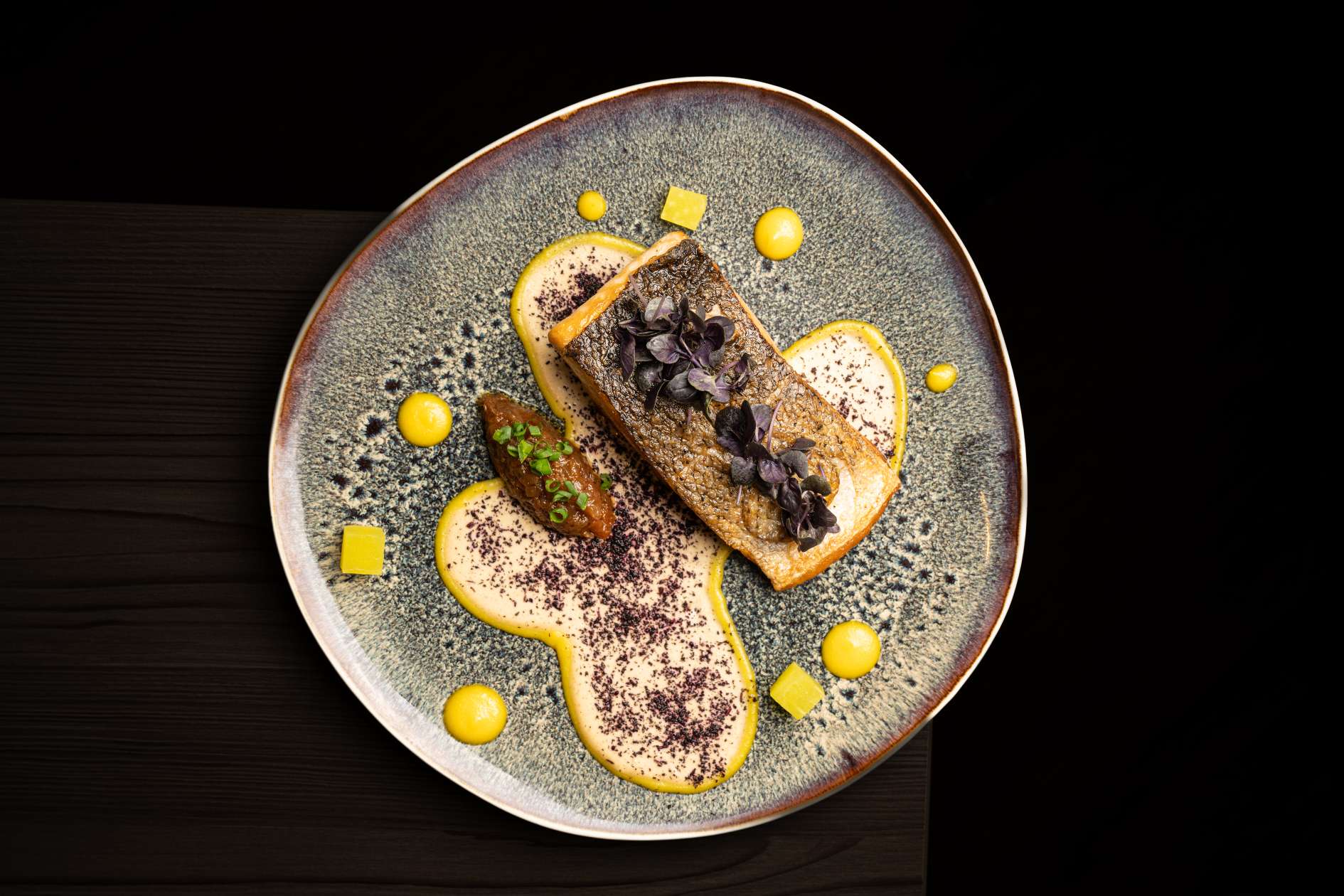
What inspires you about Panama when you create your culinary creations at Espeziak? And what do you bring from Spain and apply to your dishes?
“Panama deeply inspires me with its tropical climate, its fruits, its colors, its aromas. Curiously, years ago I lived in Thailand, another vibrant tropical country, and when I arrived here I found an immediate connection with that natural energy: the sea, the heat, the exotic fruits, the spices, the green aromas.
From Spain, I bring the foundation of my training: the Basque and Madrid DNA, where respect for the product is non-negotiable. I incorporate cutting-edge techniques, the sensitivity of signature cuisine, but always under the principle of enhancing the product and not disguising it. It’s a constant dialogue between technique and emotion.
At Espeziak, this fusion takes shape: European techniques applied to Panamanian ingredients, always seeking a cuisine that is personal, honest, and with its own identity.
Furthermore, Espeziak means “spices” in Basque, the language spoken in the Basque Country. Spices are an essential part of the project; they allow us to give life, depth, and a narrative to each dish. Through them, we tell stories, connect cultures, and awaken emotions in our diners.”
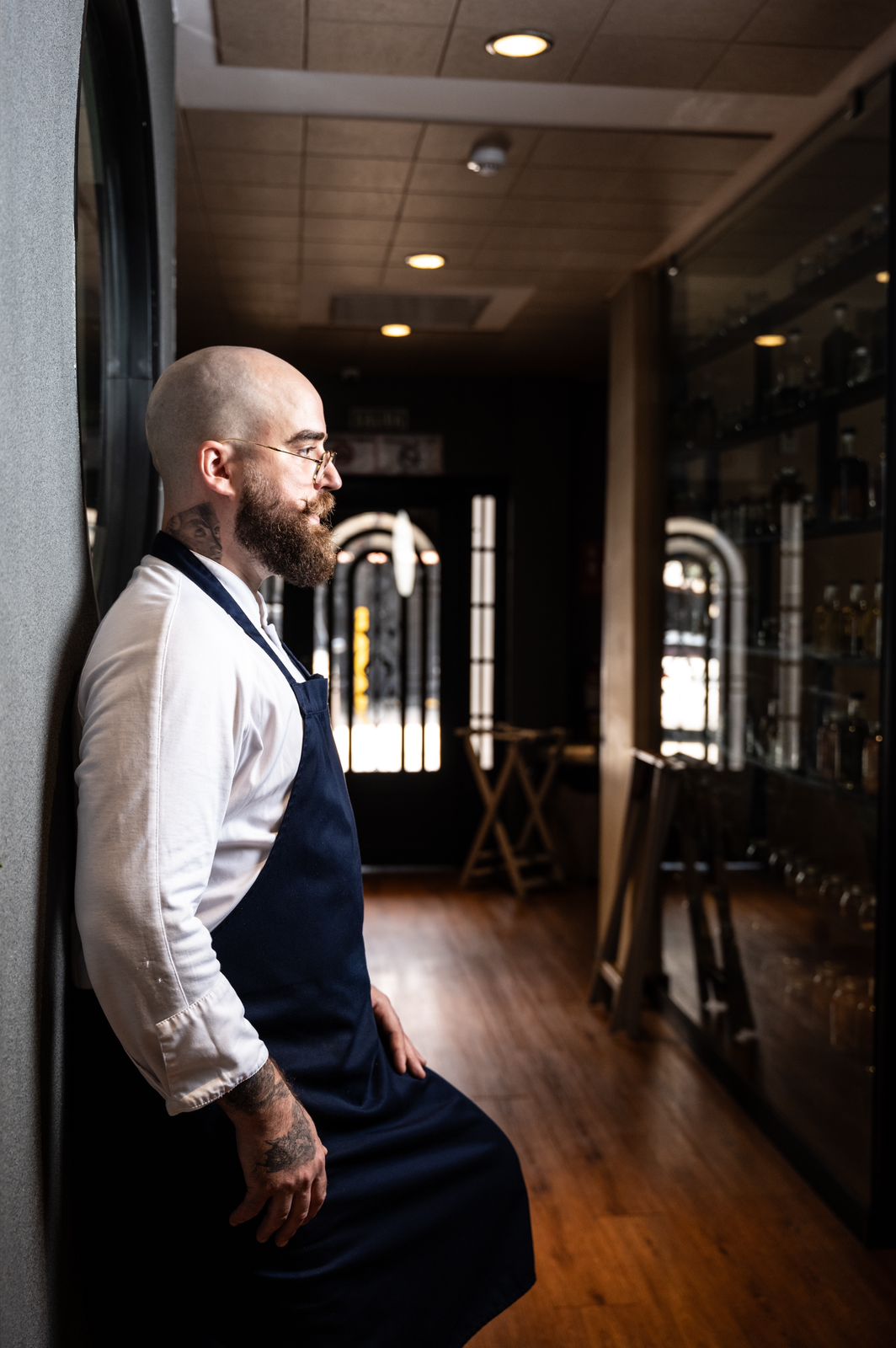
Describe the type of experience you seek to create for diners at your restaurant, Espeziak.
“At Espeziak, I consciously chose to start from the roots: tradition. Although I was tempted to start with a much more avant-garde and disruptive concept, I understood that to build a solid project, it had to be built on solid foundations.
Espeziak is my family home, a restaurant where the product is the protagonist and tradition leads the way, but always with a touch of signature, creativity, and a contemporary perspective. We work with local seasonal fish, wildflowers, tropical fruits, and fresh Panamanian herbs, respecting the origins and giving each dish its own identity.
This solid first step will allow me, later on, to develop other, more disruptive signature concepts, but on a firm, entrepreneurial and creative foundation. With offerings like Espeziak, we seek to contribute to Panamanian gastronomic identity from an accessible, honest, and high-level perspective.”
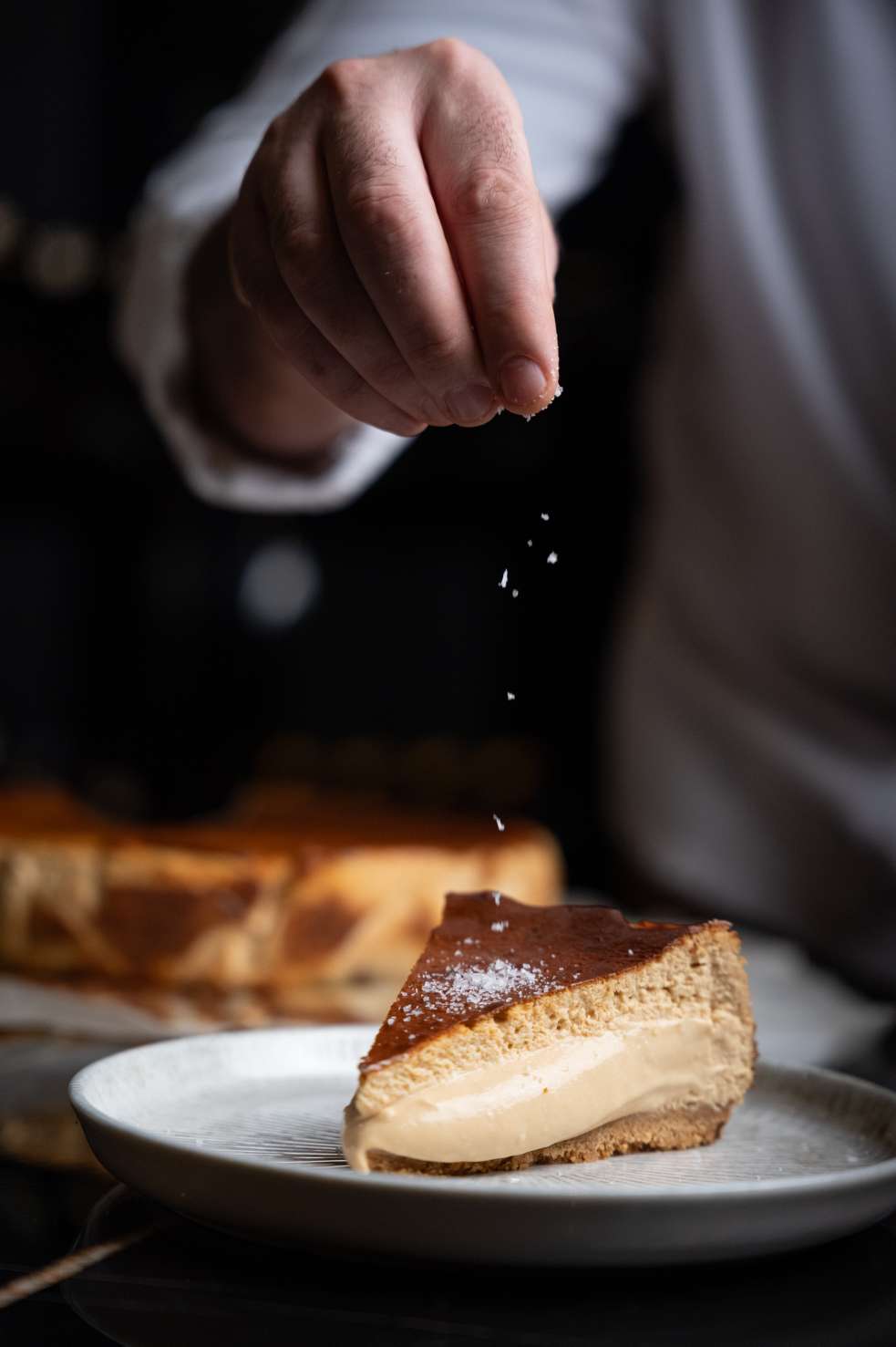
If you had to create an emblematic dish of Panama as a country, what would it be and what would it entail?
“Currently, at Espeziak, we’ve created a dish that reflects that quest: It’s Not Saus. It’s inspired by the traditional Colon’s Saus, but reinterpreted with a personal perspective. During my experience in Thailand, I discovered Yam Muu Krop, a crispy pork salad dressed with lemon, fresh herbs, and vegetables.
When I arrived in Panama, I identified a direct connection between the two dishes, and we decided to create a version: we started with our classic crispy pork belly—the house torrezno—dressed with a Thai vinaigrette with chilies, mint, basil, cilantro, cucumber, and celery. It’s a fusion of cultures, flavors, and techniques that pays homage to Panamanian flavor from a contemporary perspective.”
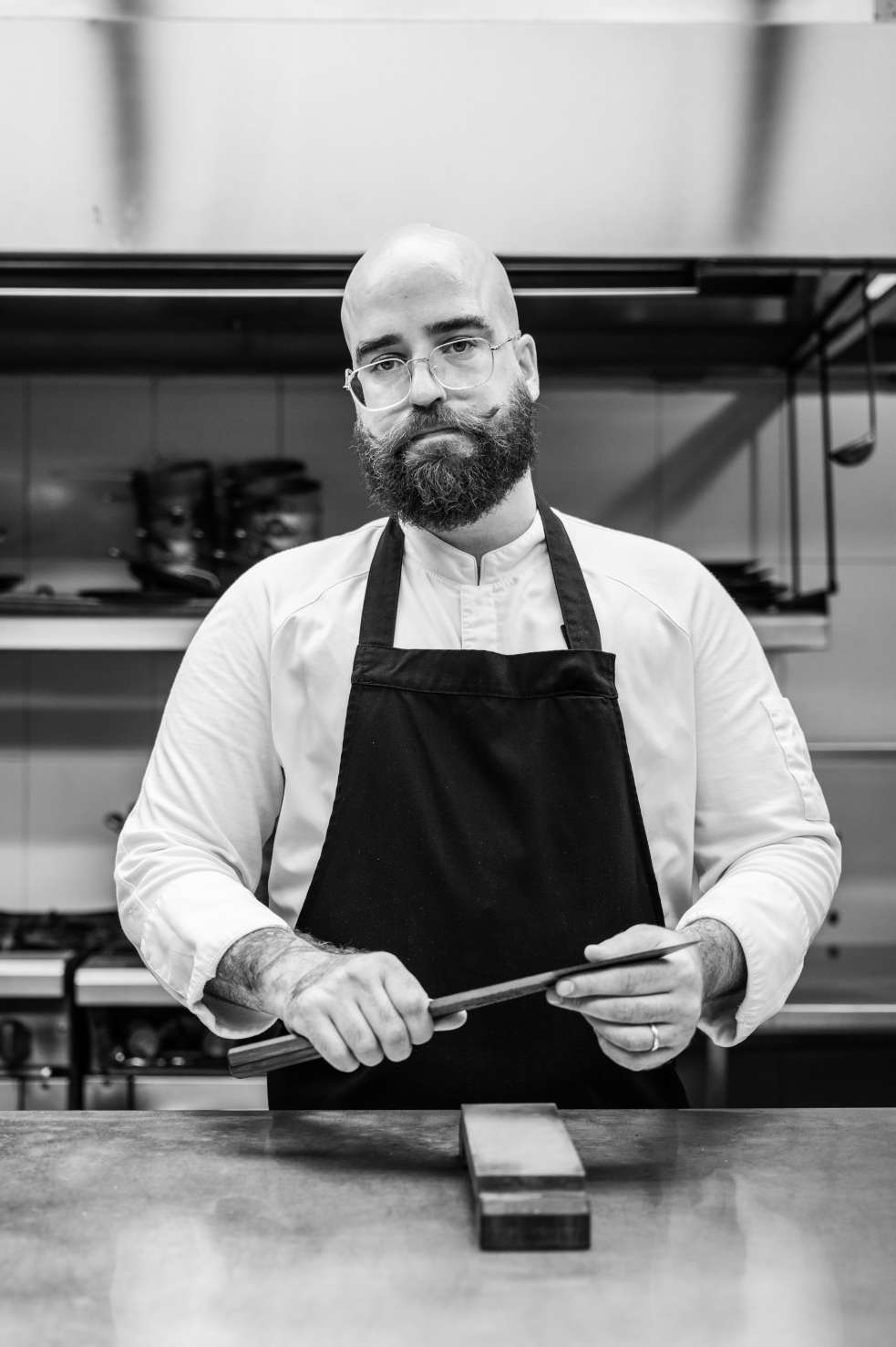
Outside of Panama City, which other regions of Panama do you see as having great potential to become culinary destinations?
“Panama has several potential gems. Boquete stands out for the excellence of its producers, its unique microclimate, fruits, vegetables, and some of the best coffee in the world.
Azuero has a rich cultural and culinary heritage, from the Creole pig to sugarcane products, Pacific seafood, and the traditions of the interior.
Bocas del Toro has extraordinary potential due to its rich marine flora, its high-quality cacao, its Afro-Caribbean ingredients, and the possibility of developing unique gastronomic experiences linked to the sea and the land.
The Antón Valley also offers an ideal microclimate for growing edible flowers, microgreens, and distinctive products for haute cuisine.
Each of these regions can become a pillar of Panama’s new gastronomic identity if the product can be successfully combined with the talent and creativity of its chefs.”
